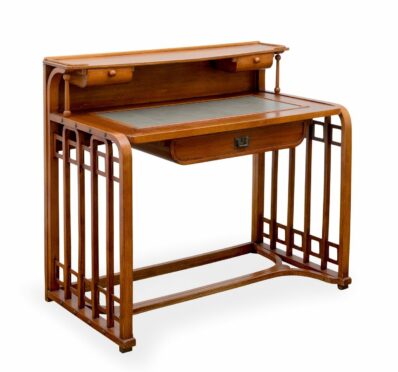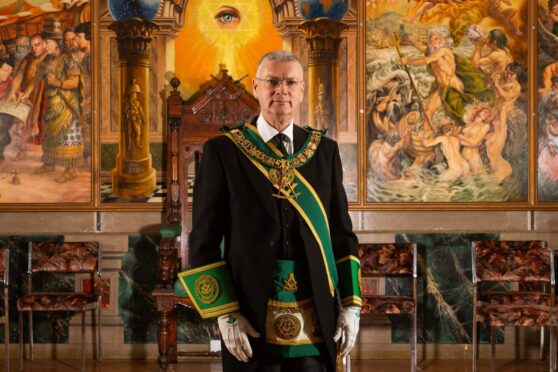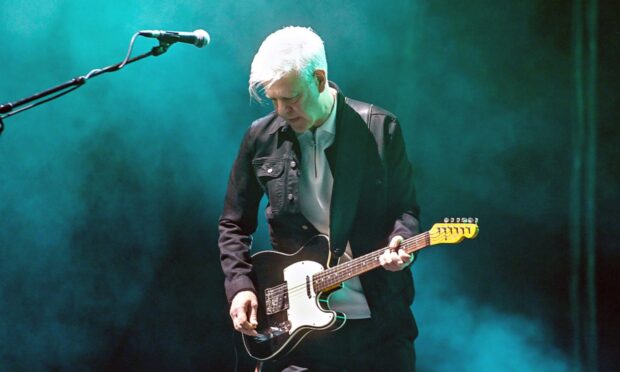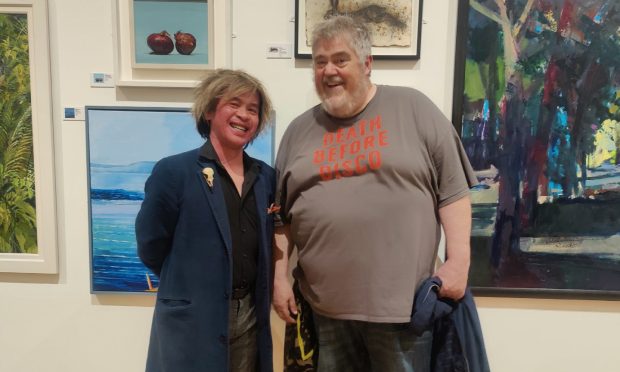A multitude of desks have appeared in this column over the years – ancient and modern, big and small, useful and, well, useless – but seldom have they looked as elegant as today’s example.
This was a desk by one of the great European designers of the 20th Century which not only appears in all the fashionable coffee table books on design, but was one of the star turns at Lyon & Turnbull’s sale in Edinburgh on April 21.
Josef Hoffman
Josef Hoffmann (1870-1956) worked for J & J Kohn of Vienna when he created this desk around 1906.
It was titled simply ‘Desk, Model No 500/6’ and the materials he used included beech for the frame, leather and brass.
It symbolises the creativity of Vienna before the First World War when the Austrian capital was a thriving arts and cultural centre.
Hoffman was a founding member of the Vienna Secession, a radical group of designers and artists established in 1897.
Traveling to Britain in 1900, he met Charles Rennie Mackintosh of the Glasgow School, then visited the workshops of C. R. Ashbee’s Guild of Handicraft in London.
This meeting would have a profound influence on the Wiener Werkstätte, (Vienna Workshops) founded in 1903.
Hoffmann designed numerous exhibitions for the Secession, and in 1905 he completed what would become the pinnacle of his architectural career, the Palais Stoclet, a geometric and minimalist mansion in Brussels in the Vienna Secession style.
With a partial J. & J. Kohn paper label, the Lyon & Turnbull desk sold for a double estimate, £10,000.
Stained beech examples have fetched 25,000 euros in Paris and 32,000 dollars in New York in recent years.










